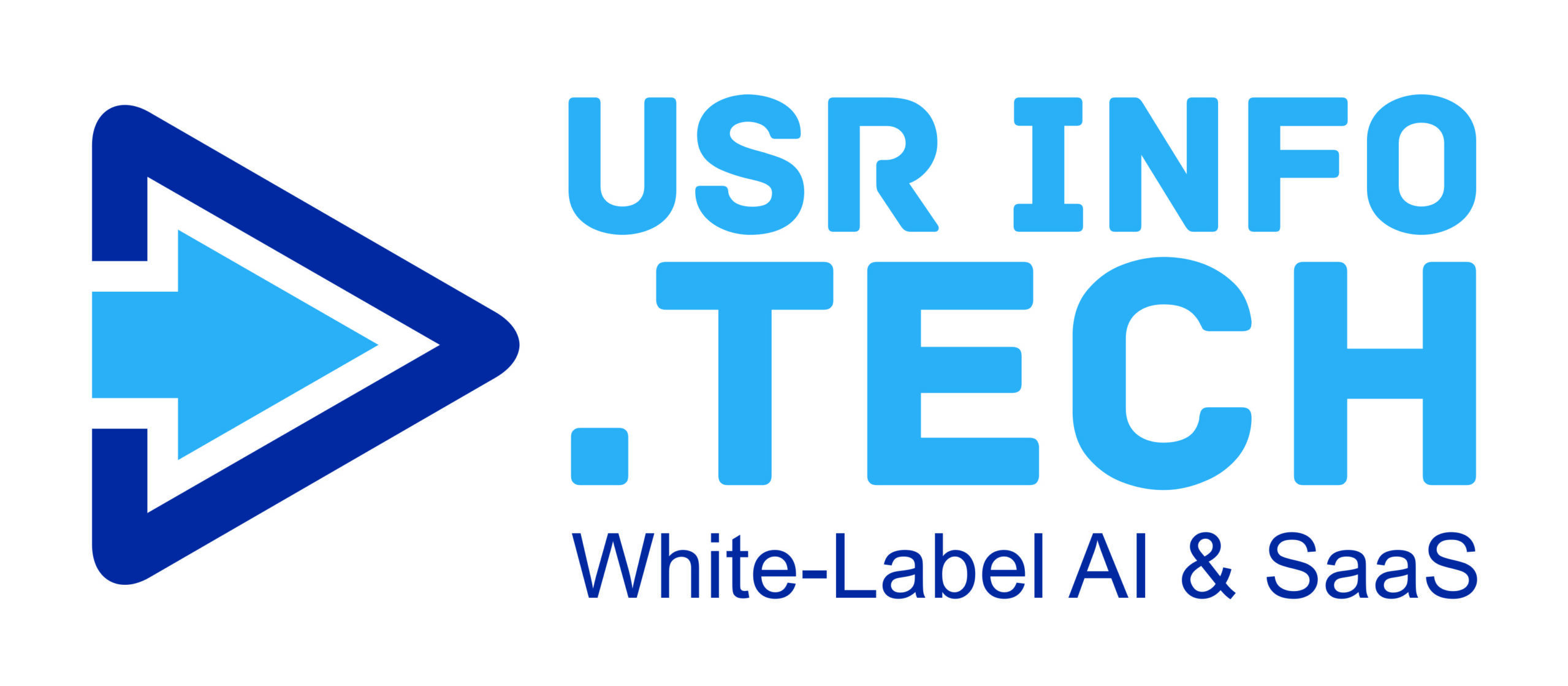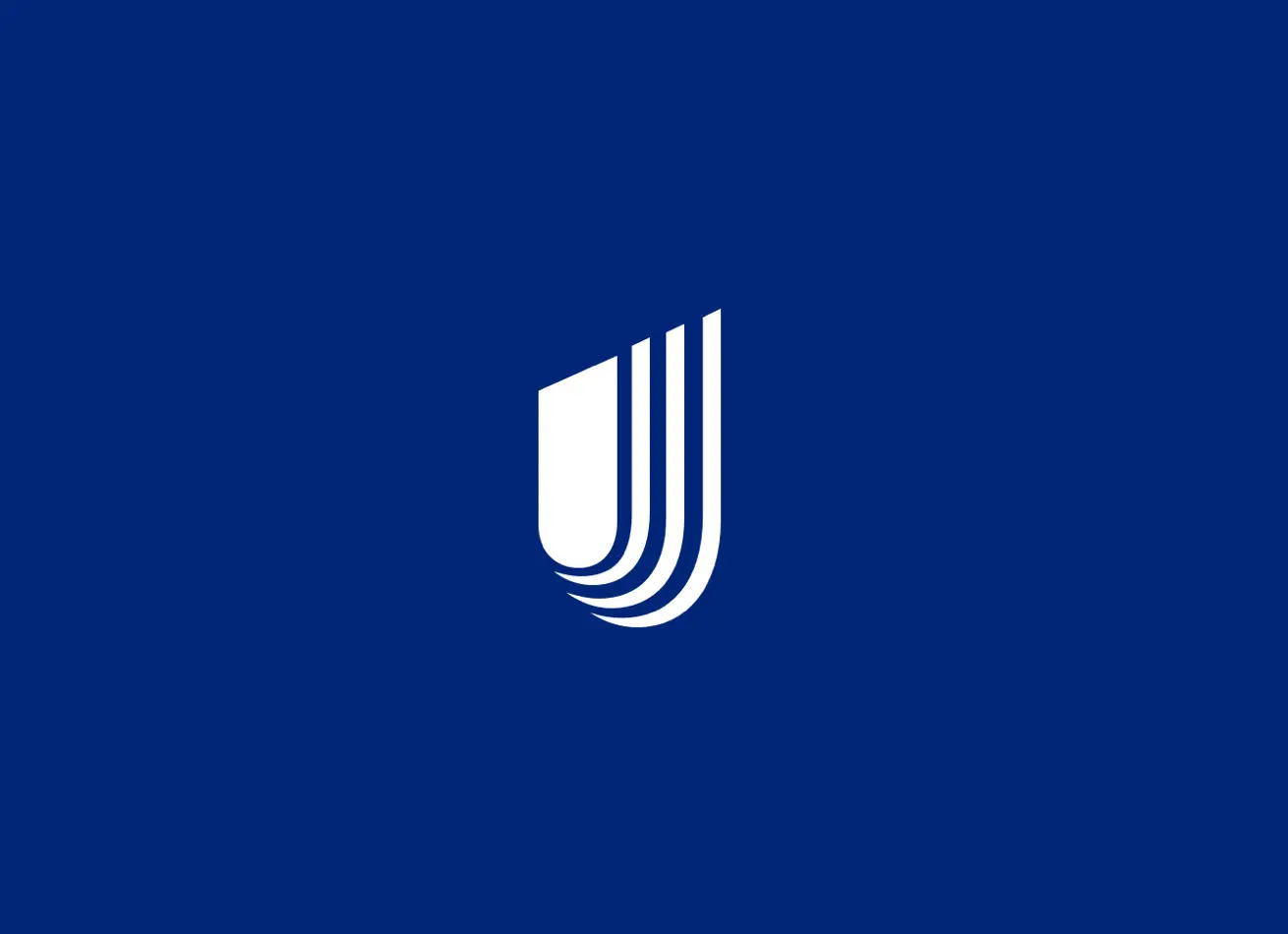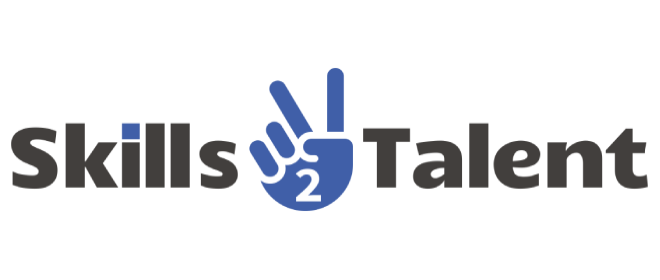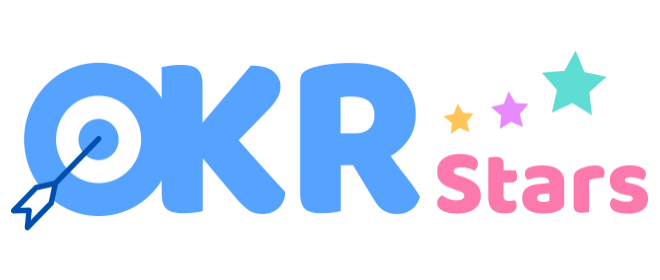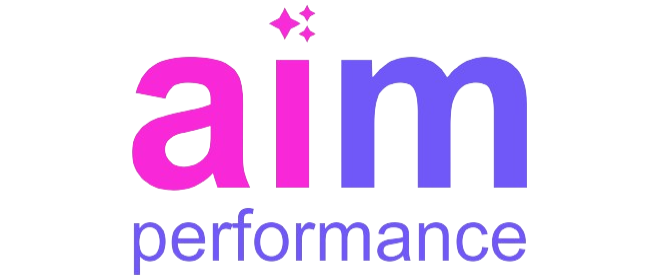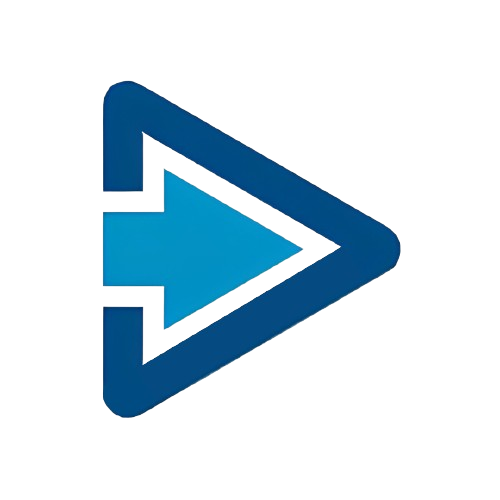Introduction: The Synergy of HRIS and Performance Management
In the modern workplace, integrating Human Resource Information Systems (HRIS) with performance management processes is becoming increasingly essential. This synergy provides a streamlined, efficient, and cohesive approach to managing the performance of white collar, grey collar, and blue collar employees. By leveraging the power of HRIS, organizations can ensure that performance management is comprehensive, fair, and aligned with overall business objectives.
Understanding HRIS: A Comprehensive Overview
Human Resource Information Systems are platforms that consolidate various HR functions into a single, accessible system. These systems manage employee data, payroll, recruitment, benefits administration, and more. They also play a crucial role in performance management by providing tools for tracking and evaluating employee performance.
Integrating HRIS into performance management processes ensures that all employee-related data is centralized, making it easier to analyze and utilize for decision-making. This integration is particularly beneficial in organizations with a diverse workforce comprising white collar, grey collar, and blue collar employees.
The Benefits of HRIS Integration in Performance Management
Integrating HRIS with performance management offers numerous benefits. Firstly, it creates a unified platform where all performance data is stored and accessible. This centralization simplifies the process of tracking employee progress and identifying areas for improvement.
Secondly, this integration enhances data accuracy. By automating data collection and analysis, the system reduces the risk of human error, ensuring that performance evaluations are based on accurate and up-to-date information. This is crucial for maintaining fairness and transparency in performance management.
Enhancing Performance Management for White Collar Workforce
White collar employees, typically engaged in professional, managerial, or administrative work, benefit significantly from HRIS integration in performance management. These employees often have clearly defined roles and responsibilities, making it easier to set measurable performance goals.
The system provides tools for setting and tracking these goals, facilitating continuous performance monitoring. Managers can easily access performance data, provide timely feedback, and make informed decisions about promotions and career development. This level of oversight ensures that white collar employees remain motivated and aligned with organizational objectives.
Tailoring Performance Management for Grey Collar Workforce
Grey collar workforce, who work in technical or skilled trades, have unique performance management needs. HRIS integration helps address these needs by providing tools for tracking specific skillsets and competencies. This ensures that performance evaluations are relevant and tailored to the job requirements.
By integrating these systems, managers can identify skill gaps and provide targeted training and development opportunities. This not only enhances individual performance but also contributes to overall workforce productivity. Moreover, these systems can track certifications and compliance with industry standards, ensuring that grey collar employees meet regulatory requirements.
Streamlining Performance Management for Blue Collar Workforce
Blue collar workforce, involved in manual labor or skilled trades, often face distinct performance management challenges. HRIS integration addresses these challenges by automating data collection and providing tools for real-time performance monitoring.
With this system, managers can track metrics such as productivity, attendance, and quality of work. This data-driven approach enables managers to provide timely feedback and implement corrective actions when necessary. Additionally, integration ensures that performance evaluations are consistent and objective, promoting fairness and transparency in the workplace.
Improving Communication and Feedback
Effective communication and feedback are critical components of successful performance management. HRIS integration facilitates these processes by providing platforms for regular check-ins, performance reviews, and feedback sessions.
Through this system, employees can receive continuous feedback on their performance, helping them stay on track and make necessary improvements. This real-time feedback loop fosters a culture of continuous improvement and accountability. Moreover, these systems can automate reminders for performance reviews, ensuring that these important discussions are not overlooked.
Enhancing Data-Driven Decision Making
One of the key advantages of integrating HRIS with performance management is the ability to leverage data for decision-making. These systems provide comprehensive analytics and reporting tools that help managers identify trends, patterns, and areas for improvement.
By analyzing performance data, organizations can make informed decisions about promotions, salary adjustments, and training programs. This data-driven approach ensures that decisions are based on objective criteria, reducing bias and enhancing overall fairness in performance management.
Ensuring Compliance and Standardization
Compliance with labor laws and industry regulations is a critical aspect of performance management, particularly for grey collar and blue collar employees. HRIS integration helps ensure that performance management processes comply with legal requirements and industry standards.
These systems can automate compliance tracking, alerting managers to any issues that need to be addressed. This reduces the risk of non-compliance and associated penalties. Additionally, integration promotes standardization in performance evaluations, ensuring that all employees are assessed using consistent criteria.
Fostering Employee Engagement and Retention
Employee engagement and retention are vital for organizational success. HRIS integration in performance management plays a significant role in fostering these outcomes by providing a structured and supportive environment for employee development.
Through these systems, employees have access to their performance data and can track their progress over time. This transparency empowers employees to take ownership of their development and career growth. Additionally, regular feedback and recognition through these systems boost morale and motivation, contributing to higher levels of employee engagement and retention.
Conclusion: The Future of Performance Management with HRIS Integration
Integrating HRIS with performance management is not just a trend; it is a strategic necessity for modern organizations. This integration provides a holistic approach to managing the performance of white collar, grey collar, and blue collar employees, ensuring that all workforce segments are aligned with organizational goals.
As technology continues to evolve, these systems will become even more sophisticated, offering advanced tools for performance tracking and management. Organizations that embrace this integration will be better positioned to achieve their performance management objectives and drive long-term success.
By leveraging the power of HRIS, businesses can create a unified, efficient, and fair performance management system that enhances employee satisfaction and organizational productivity.
